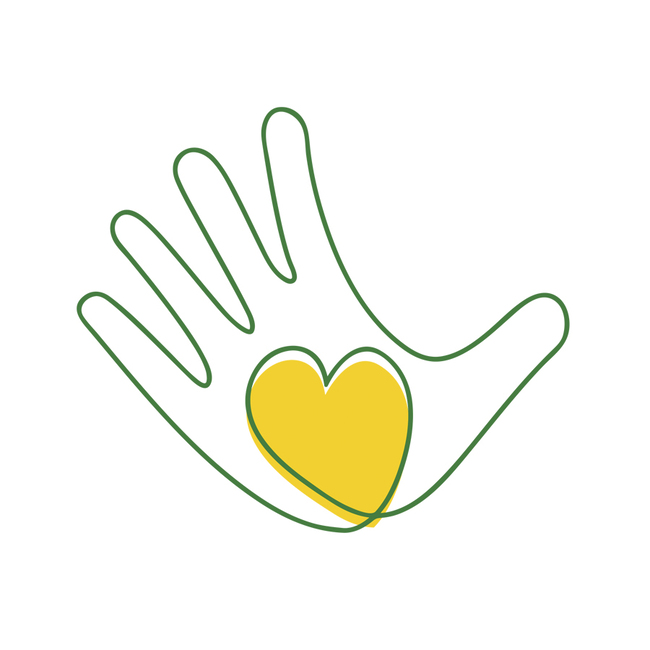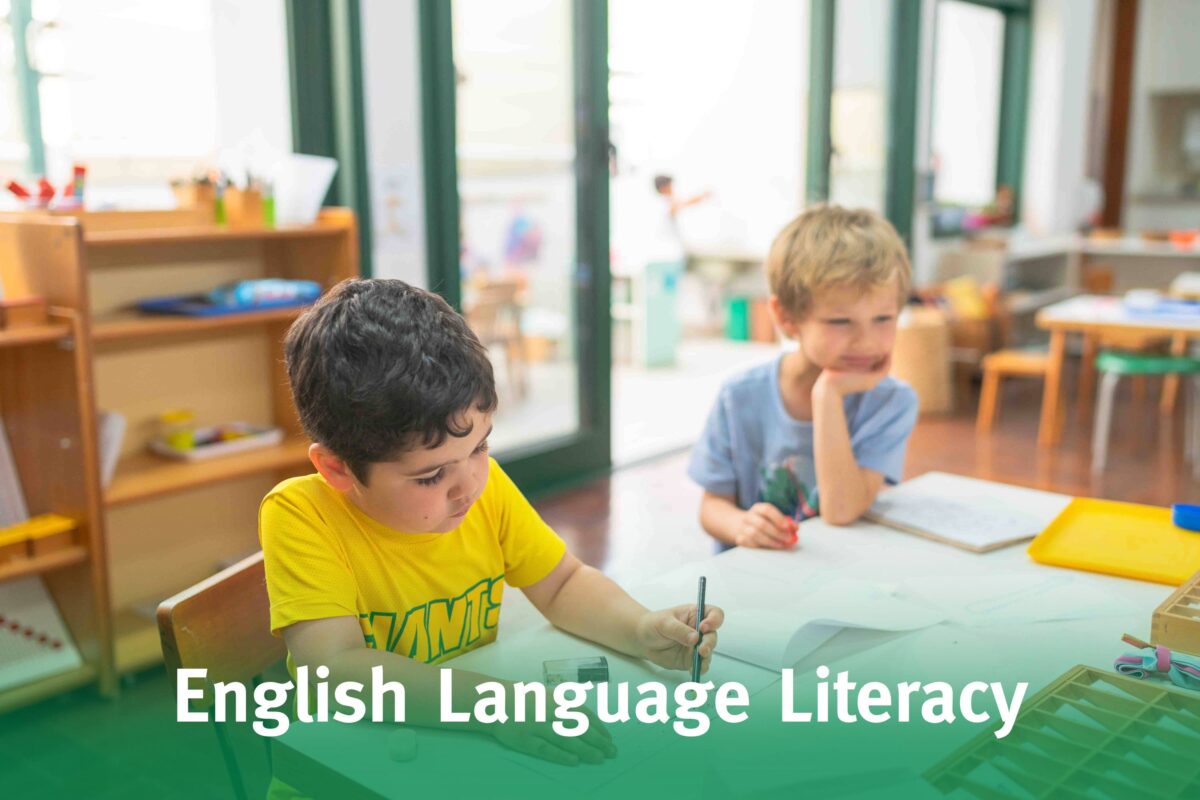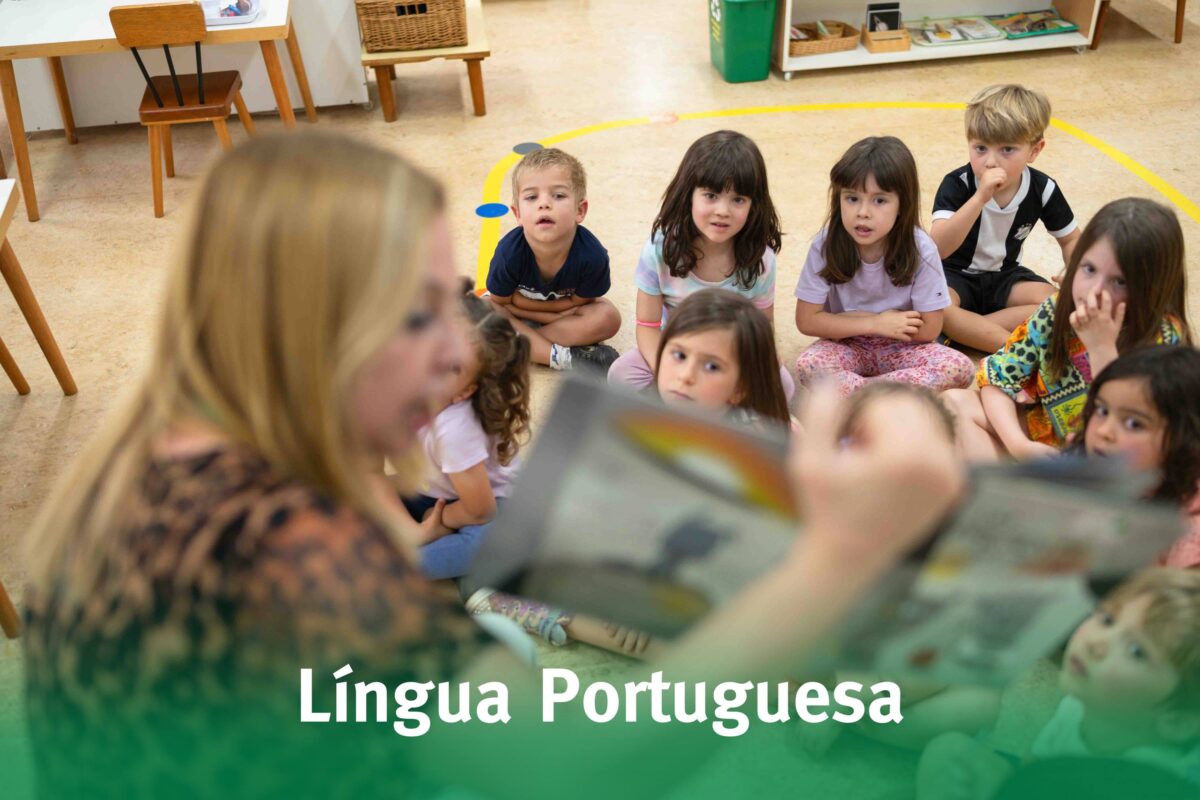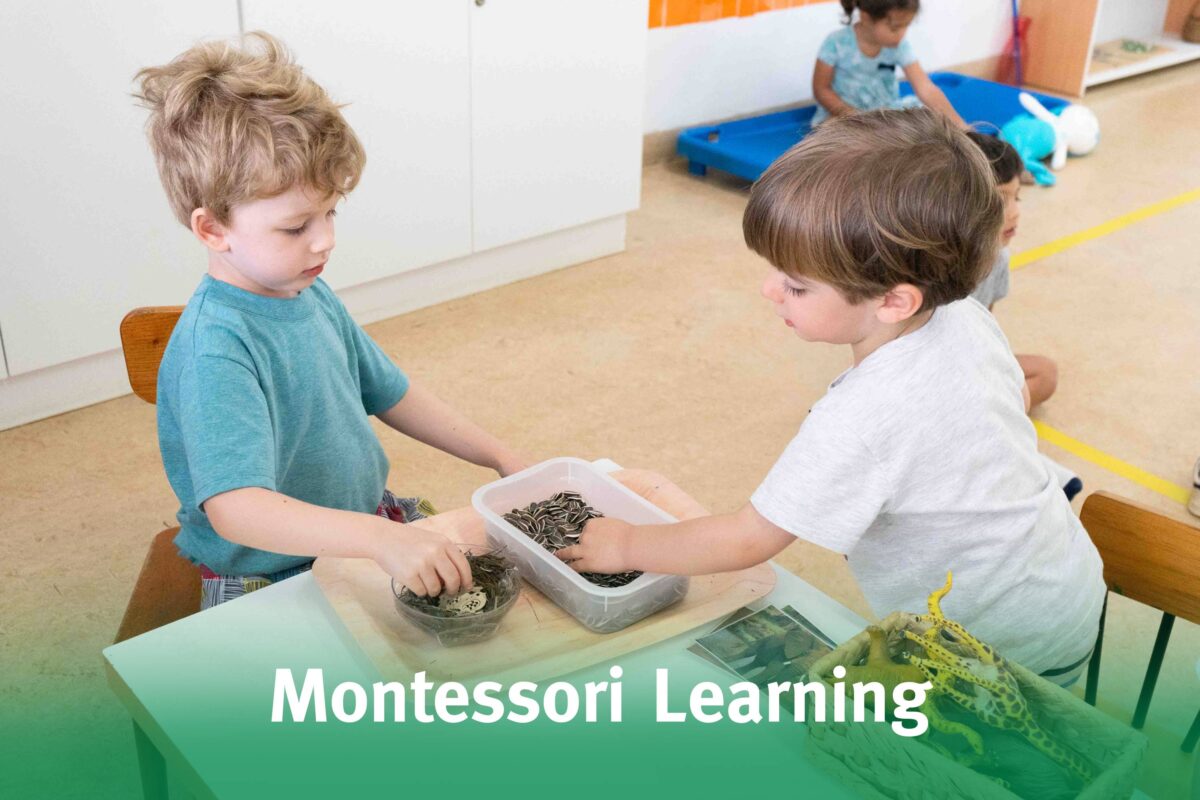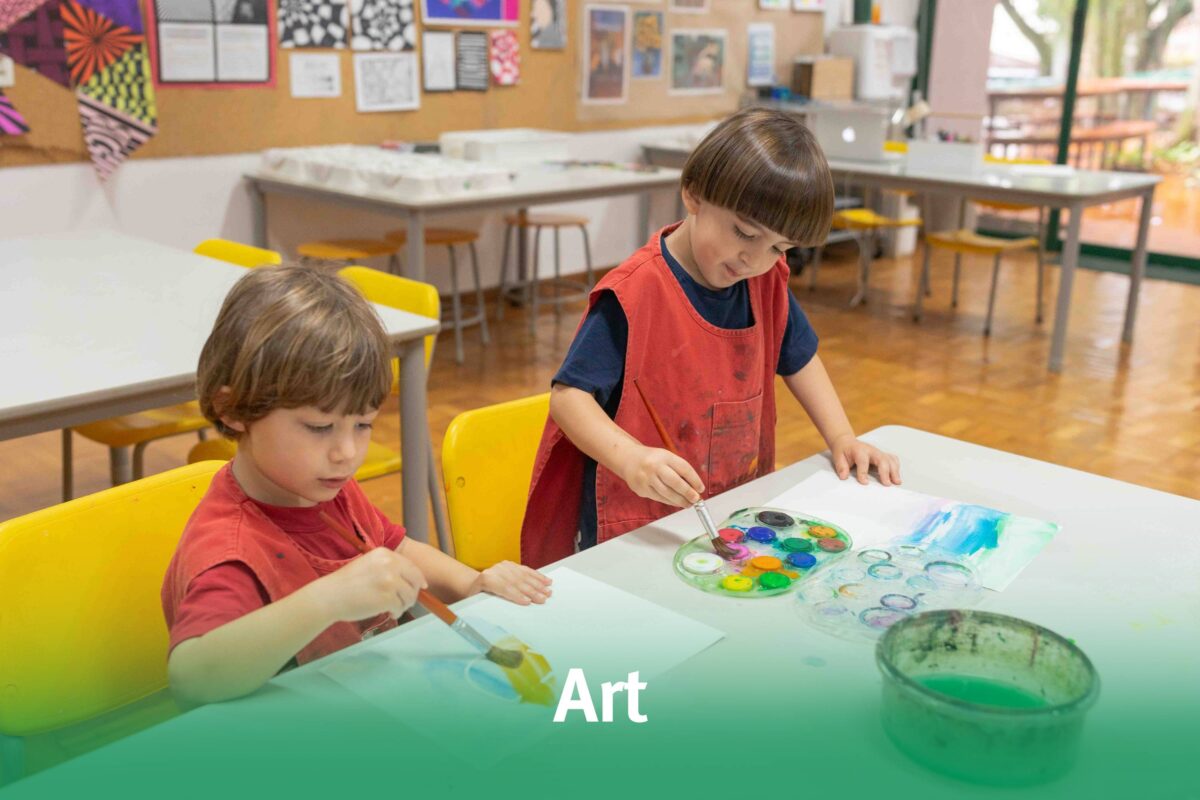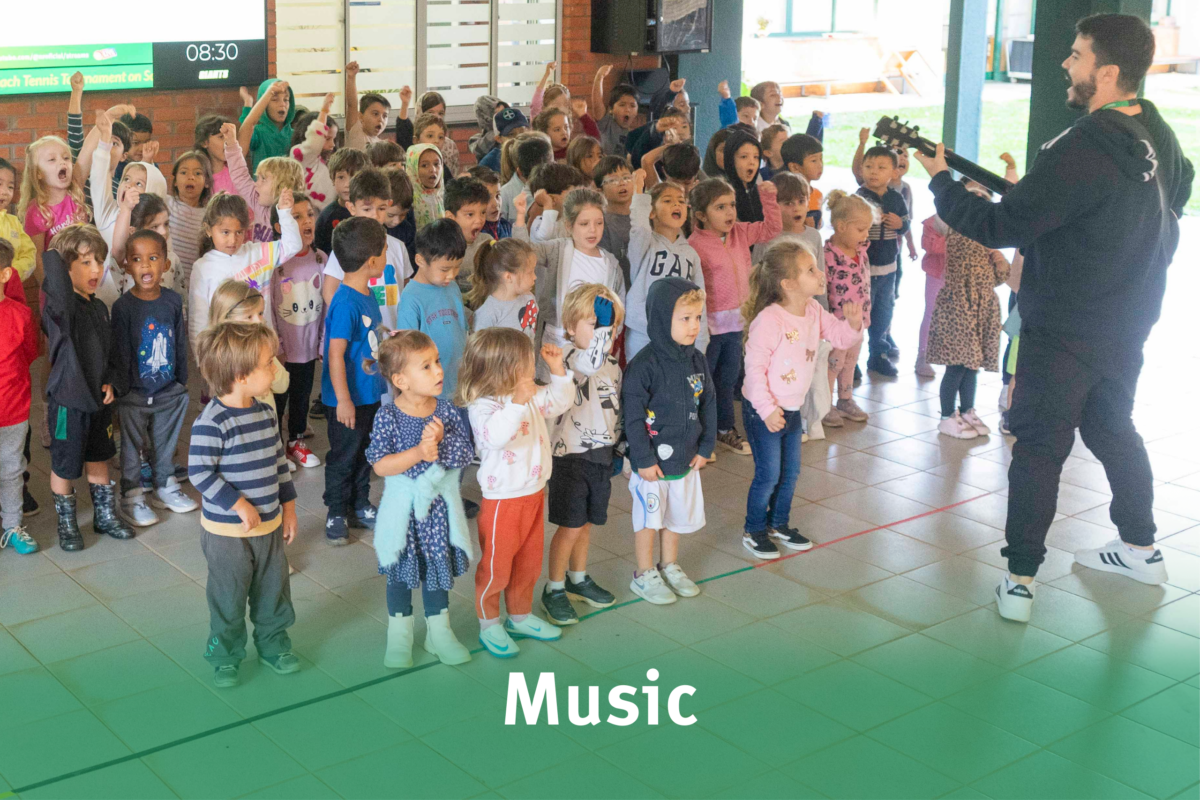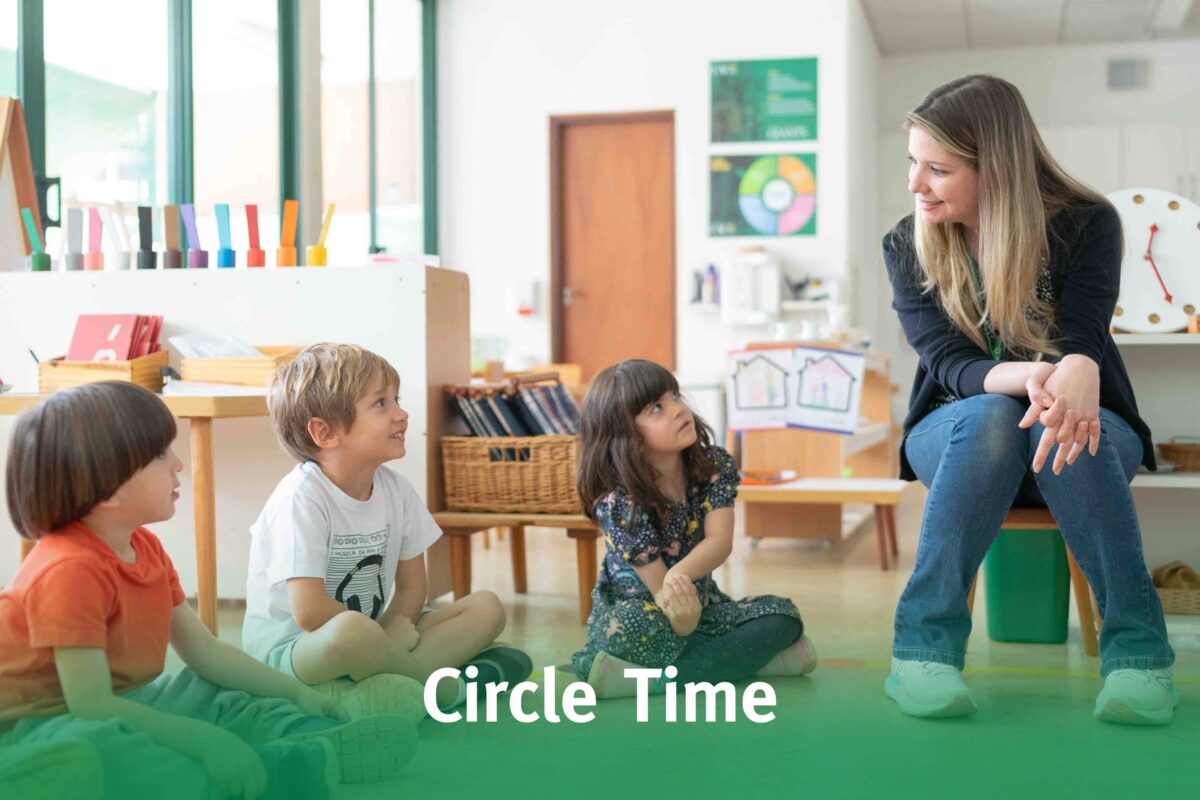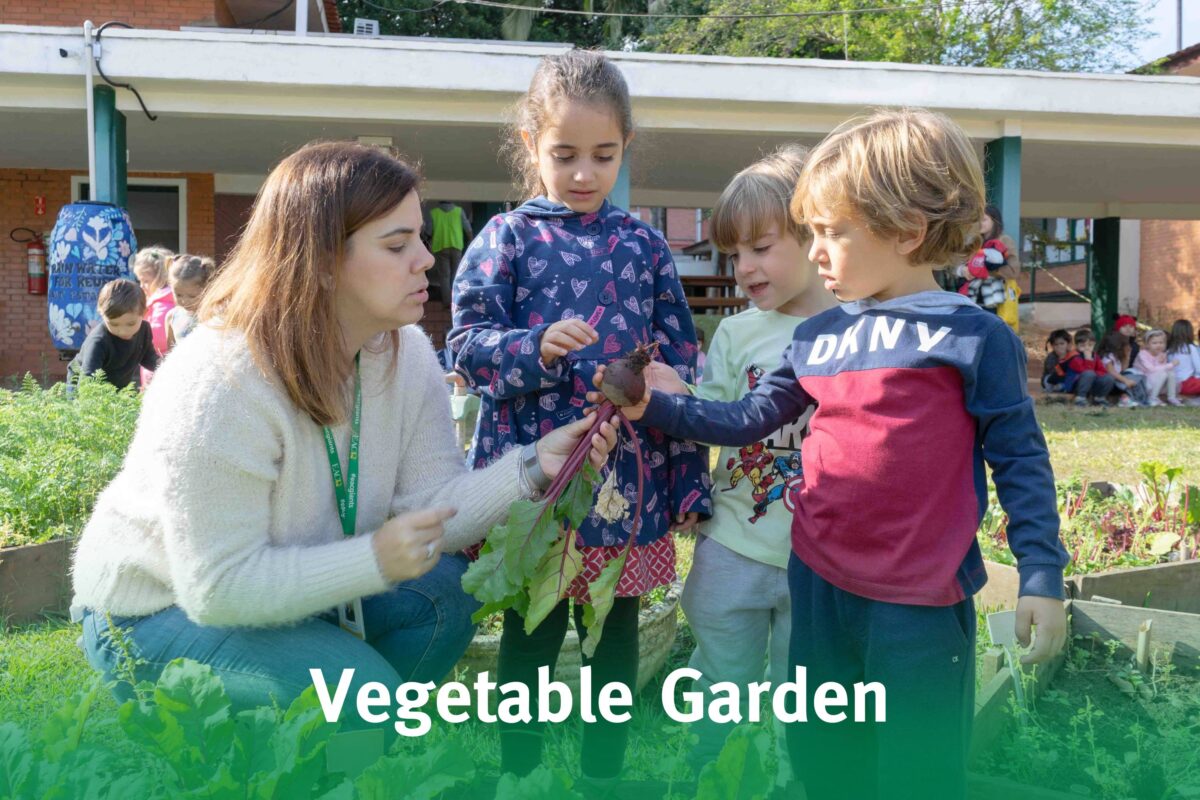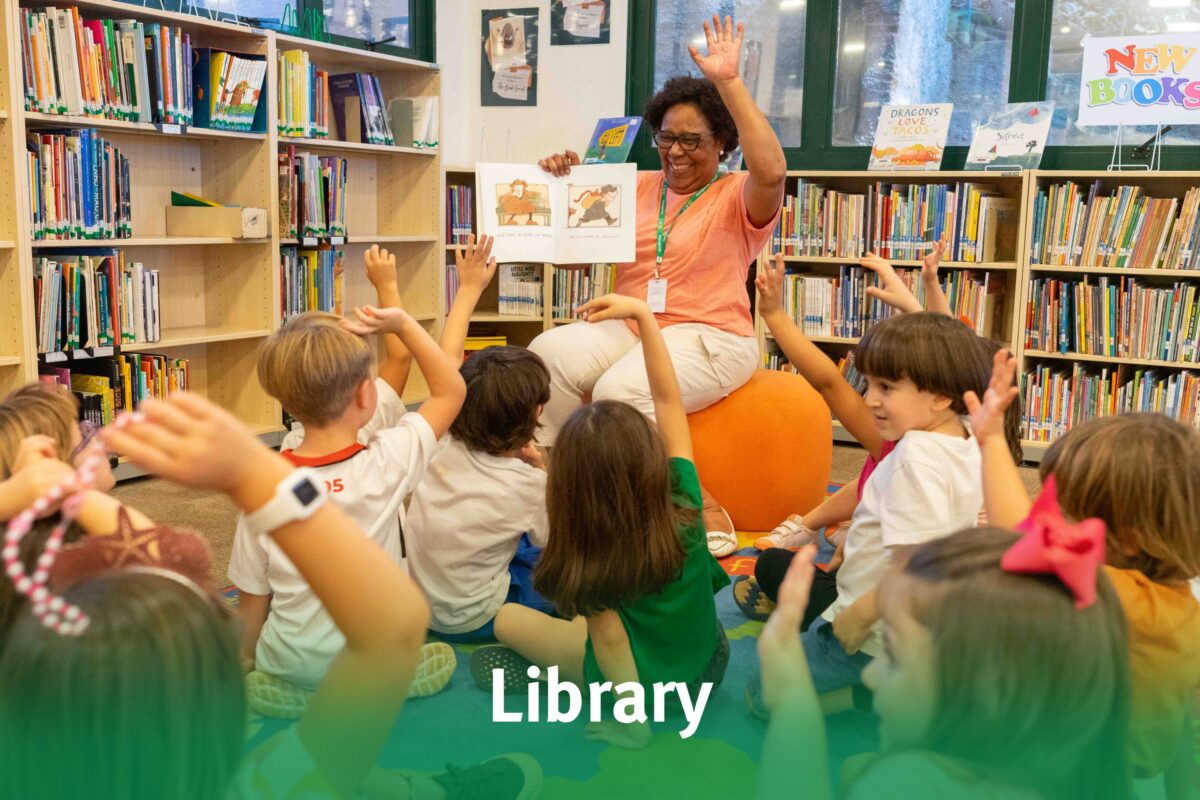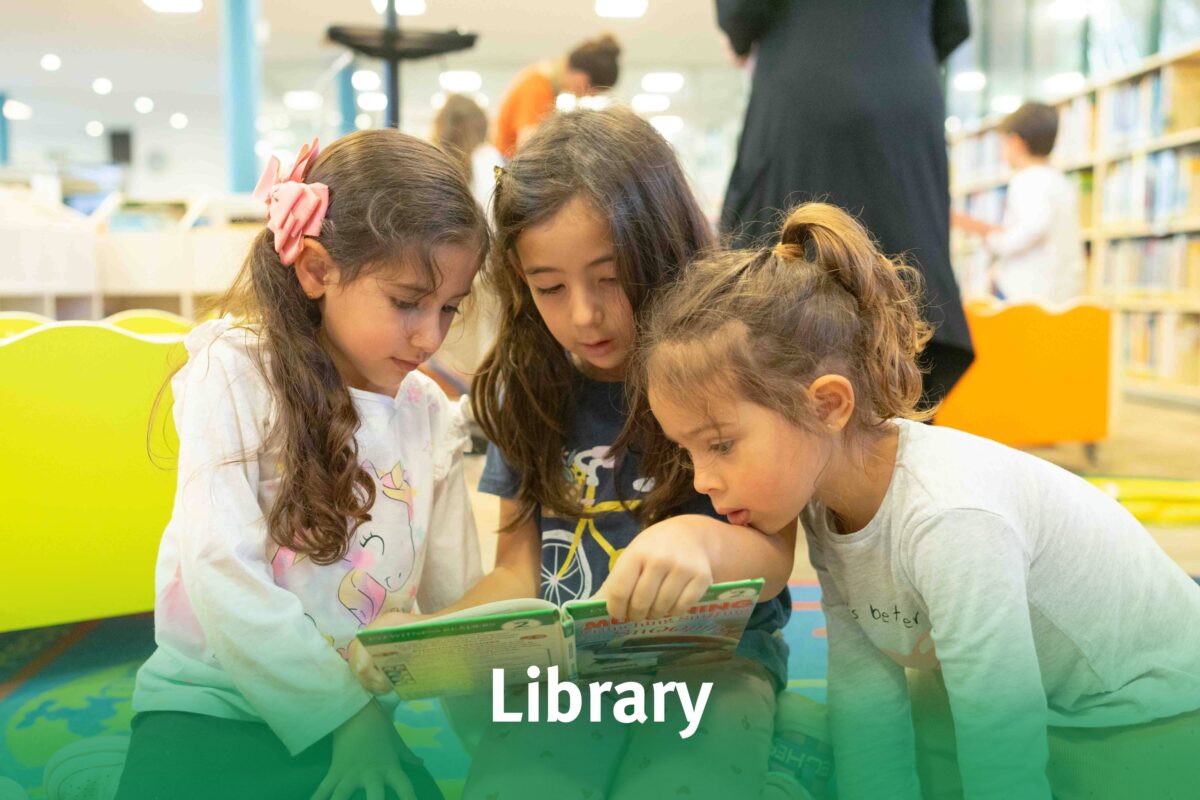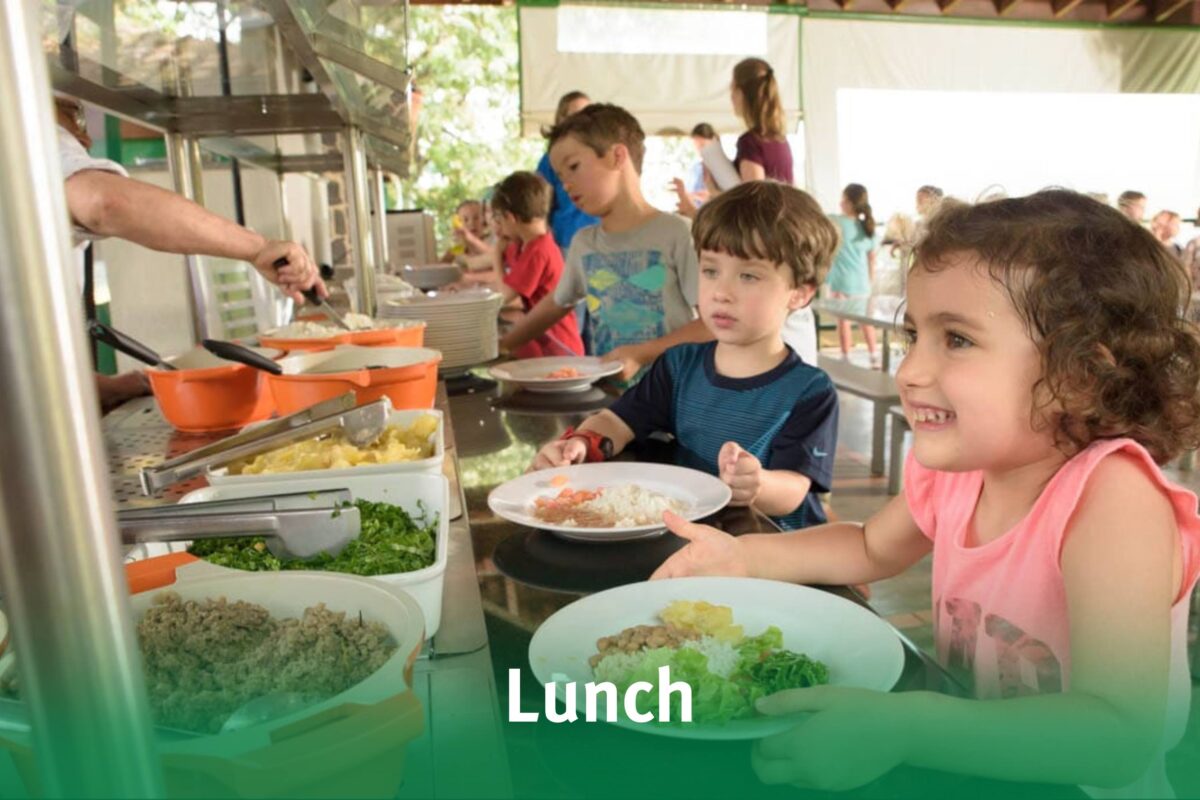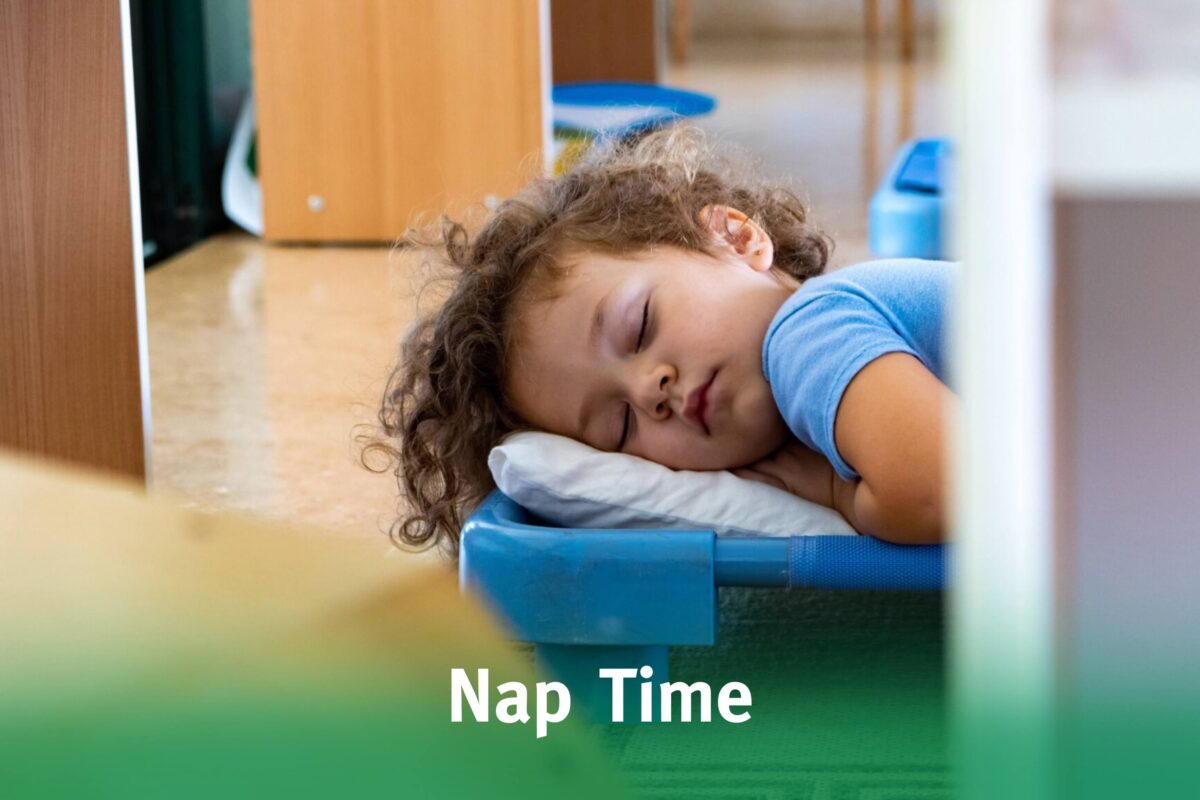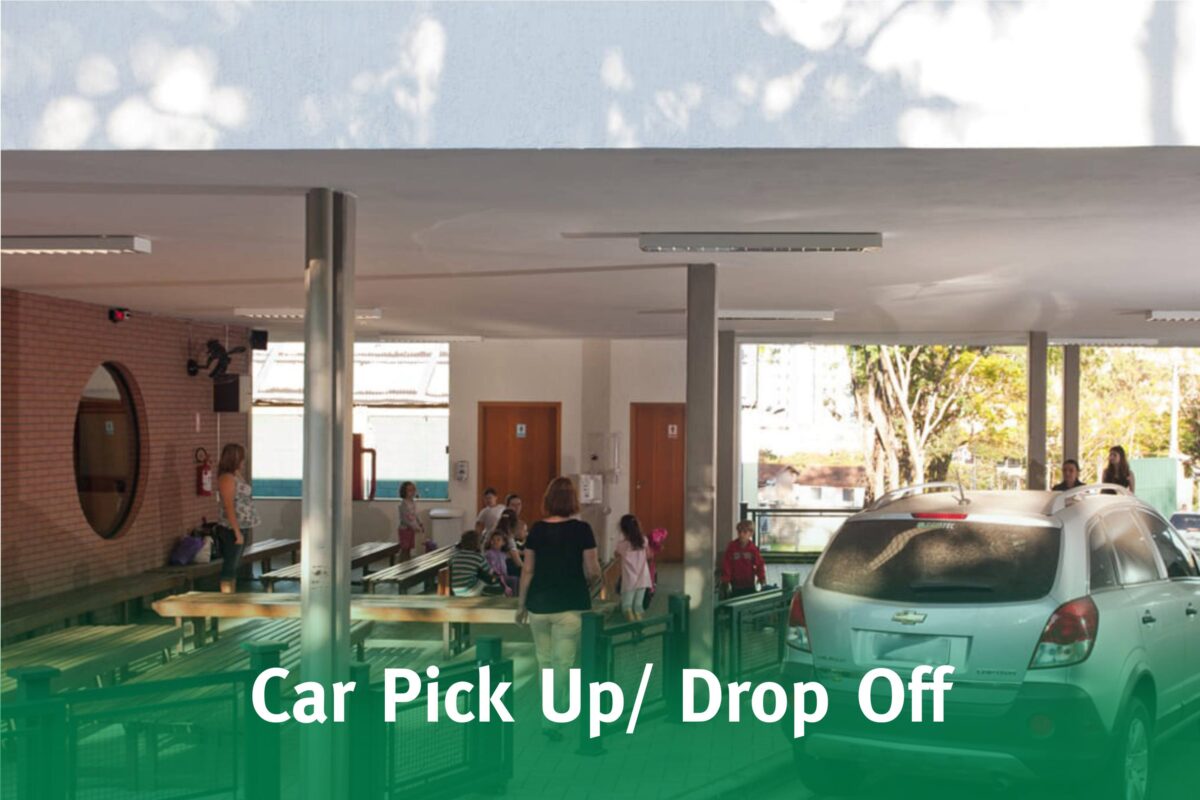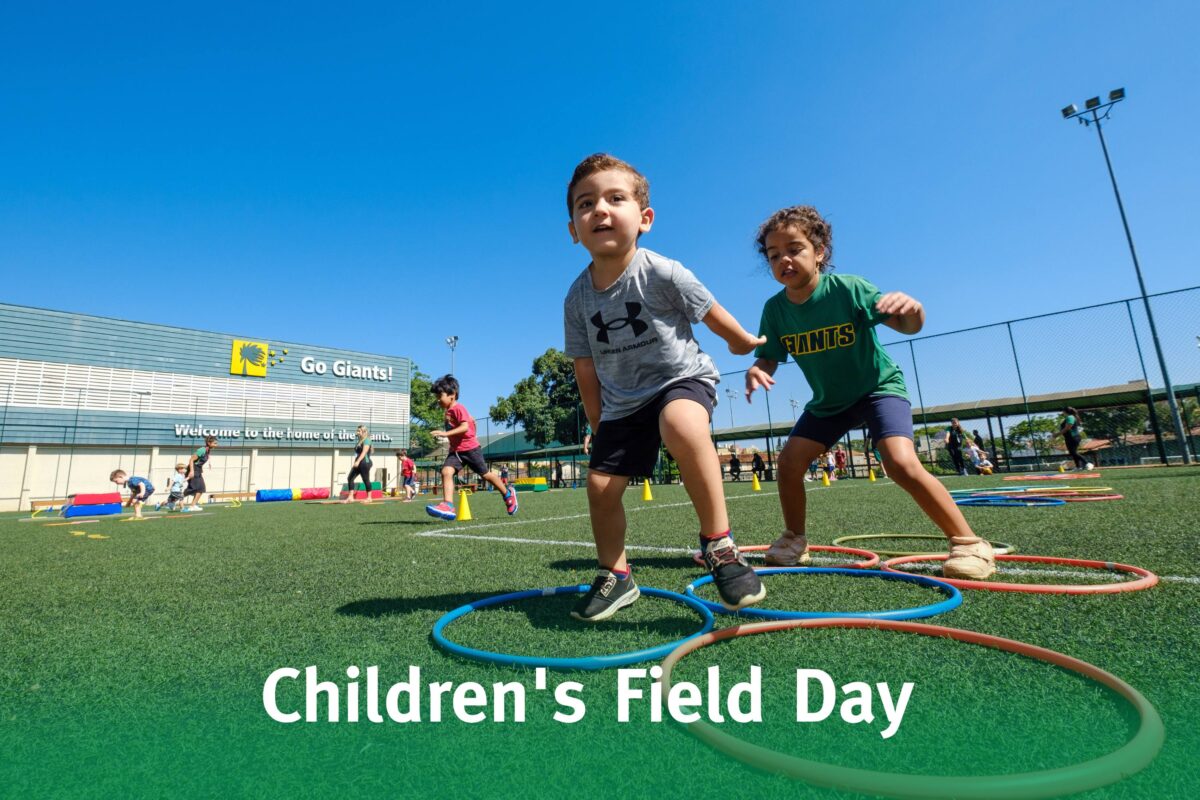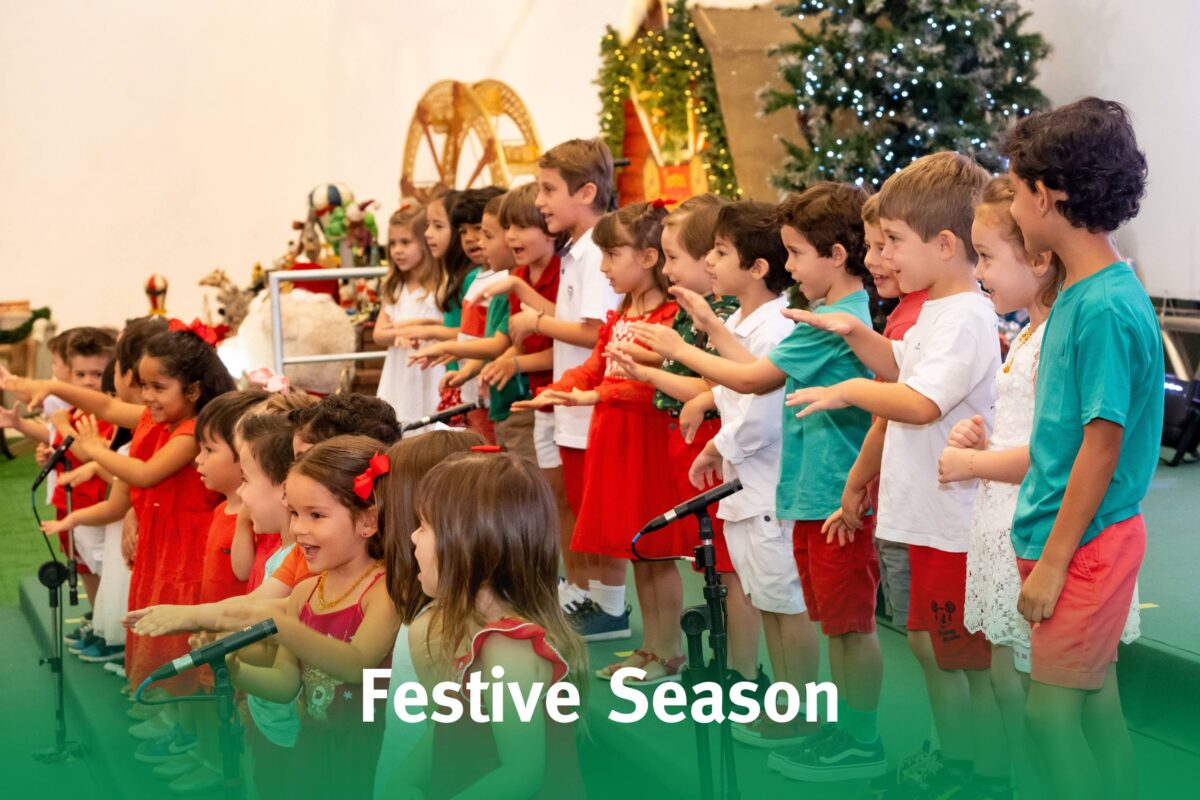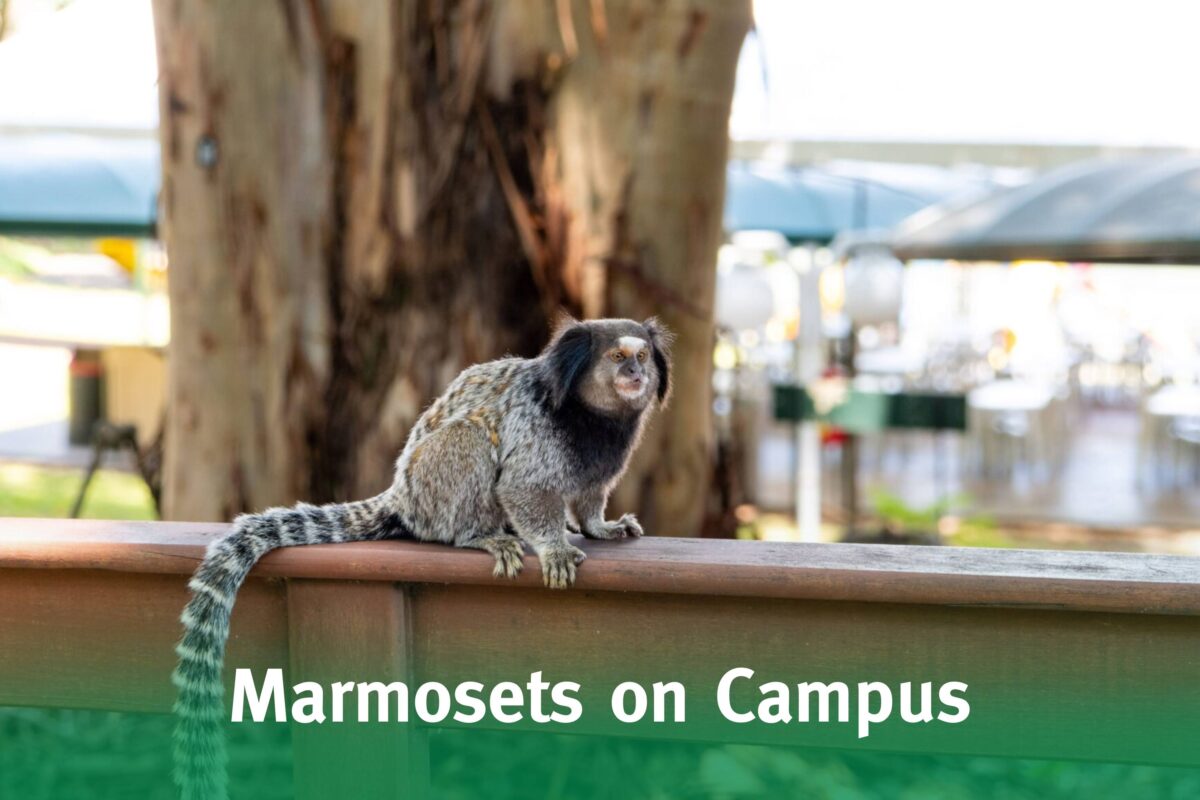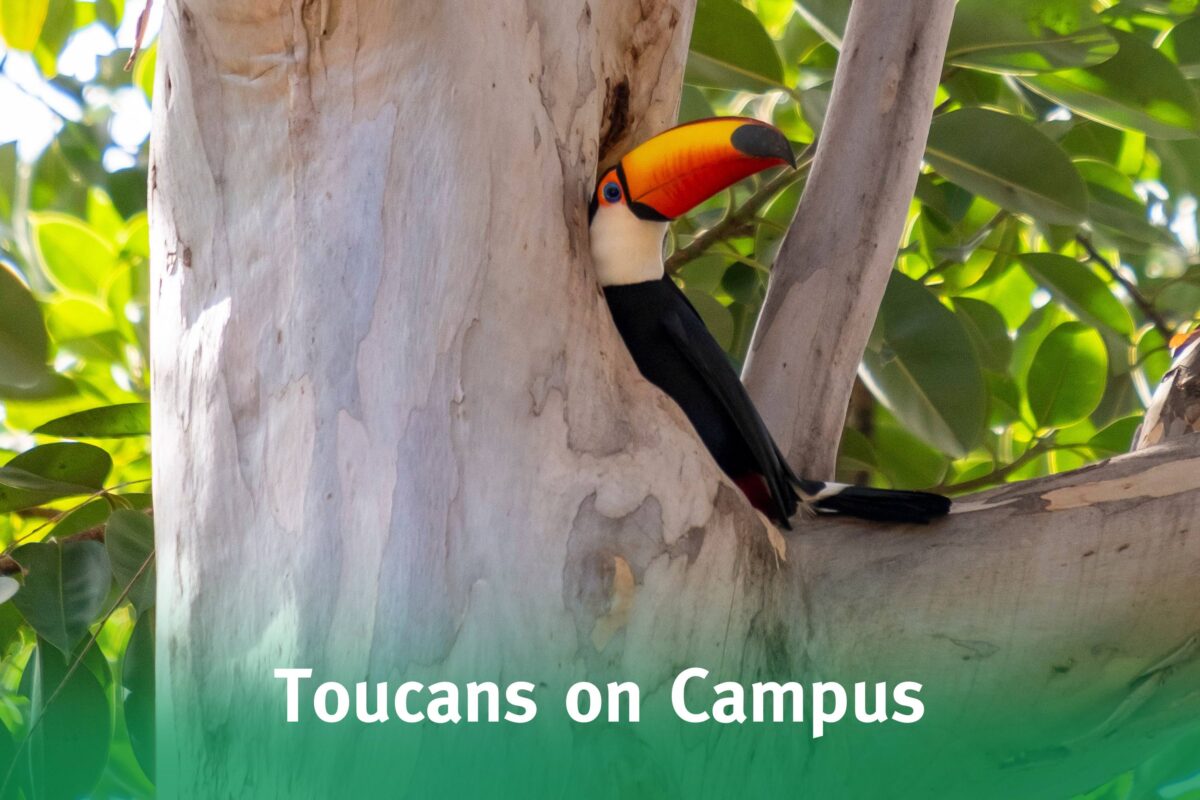We Grow as Giants
Preschool
About the Montessori Curriculum
Montessori education is a scientifically validated approach that remains highly relevant in today’s educational landscape. Developed by Dr. Maria Montessori over a century ago, it continues to align with the latest research in child development, neuroscience, and education.
At EAC, Montessori education begins with our Toddler Program and continues through Preschool, where children thrive in mixed-age classrooms. K3, K4, and K5 students learn together in a supportive and inspiring community, with older children serving as mentors and younger ones building confidence by observing and engaging with their peers. This dynamic environment fosters independence, curiosity, and a deep motivation to learn, essential foundations for future success.
Alongside Montessori principles, our program integrates Social-Emotional Learning, Child Protection lessons, and Special classes (art, music, P.E., etc.), enriching each child’s development and ensuring they grow into confident, capable, and compassionate individuals.
Adaptation
Once admitted to EAC, prior to the first day of school, students are invited to a classroom visit. These sessions allow new students to meet their teachers and assistants in a welcoming environment.
On their first day of school, parents of new students are encouraged to walk them to the classroom and remain on campus. Once children feel comfortable, parents say goodbye, and teachers will contact parents should the need arise. A robust student support team will continue to nurture new students’ social and emotional well-being throughout the adaptation process.
We understand that this transition is significant for families as well, and we are committed to providing guidance and reassurance at every stage, ensuring a smooth and positive experience for both children and parents.
Learn more about EAC Preschool here.
Curriculum


Practical Life
Practical Life
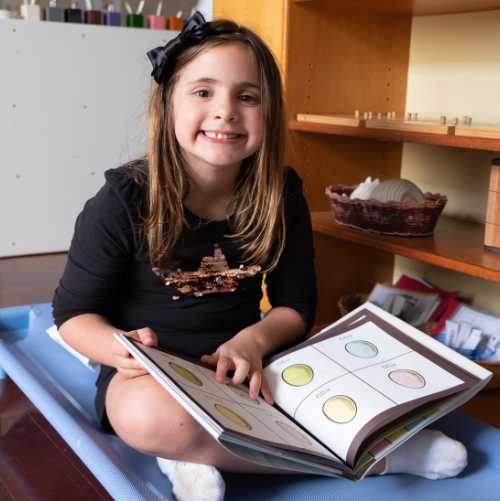
Language Arts
Language arts

Sensorial
Sensorial

Math
Math

Social Studies
Social Studies

Science
Science

K5 Child Protection
Safeguarding / Child Protection

Língua Portuguesa
Língua Portuguesa
Montessori VIDEO
Source: American Montessori Society
Safeguarding / Child Protection
EAC recognizes that child protection and welfare considerations permeate all aspects of school life and must be reflected in all of the school’s policies, practices and activities.
The goal of this policy is to ensure that all parties work together to ensure the safety and wellbeing of children. This policy recognizes the proactive training that EAC must undertake to educate students, parents, faculty and staff about child protection. It also stresses the process and procedures to be followed in cases of suspected child abuse.
All adults who come into contact with children are appropriately and thoroughly vetted and trained.
